Is your garden not growing like it should be? Maybe it’s your soil! Here are some of the most common soil nutrient deficiencies- and how to fix them!
Soil improvement is a never ending job for the organic gardener. As they grow, plants use up nutrients in the soil and it is the gardener’s job to replace them in order to maintain the overall health of the soil.
This site contains affiliate links. If you make a purchase using one of these links, I may earn a commission. Please see my disclosure page for more information about cookies collected and our privacy policy.
It is important to replenish the soil by digging in lots of organic matter and compost, practicing crop rotations, and by carefully observing what nutrients the soil is lacking.
5 Most Common Soil Nutrient Deficiencies and How to Fix Them
What do you do when your beautiful plants start to go down hill?
What does it mean when your tomato plant’s leaves turn yellow or don’t produce any flowers or fruits?
What does it mean when your corn stalks take on a purplish color?
What does it mean when ripening fruits drop too early?
Here are some of the most common and most important soil nutrient deficiencies and how to fix them so that you can have a bigger, better harvest!
Nitrogen Deficiency:
Many of your most popular crops are heavy feeders that need a lot of nitrogen. Here are the sign of nitrogen deficiency in the soil:
- Yellowing on the lower leaves of the plan
- Stunted growth
- Wilting under normal weather conditions
So how do you fix it?
Nitrogen deficiency can be cured by amending the soil with aged poultry manure or blood meal.
Using a legume cover crop in the winter can help to fix nitrogen in the soil.
Adding organic matter and compost to the soil directly before planting the spring can give your soil- and your crops- a boost.
Calcium Deficiency
Calcium deficiency can cause lots of problems in the garden- especially in your flowering and fruiting plants. Here’s what to look for:
- Blossom end rot in flowering/fruiting crops such as tomatoes, peppers, and squash
- Yellow, curling leaves
- Blackened growing tips
- Stunted growth
How do you fix it?
Adding bone meal or lime is great for adding calcium to the soil. You can also clean and crush egg shells to dig into your soil.
For a quick fix for your plants, use a foliage calcium spray.
Magnesium Deficiency
Magnesium is directly tied to chlorophyll in plants. If your soil is magnesium deficient there will also be a shortage of chlorophyll which can cause poor or stunted growth. Here’s what to look for when identifying magnesium deficiency in the soil:
- Yellowing or loss of color in leaves – especially on the older, lower leaves. Veins often stay green.
- Purple, brown, or red coloring may be seen on the leaves
- Stunted growth- smaller, woodier fruits with poor coloring
How do you fix magnesium deficiency in the organic garden?
Amending the soil with rich, organic compost can replenish this nutrient.
You can also use Epsom Salts. Add a few tablespoons of Epsom salt to the hole at planting time or mix 2T of salt with 1 gallon of water to feed your plants.
Potassium Deficiency
Potassium is an essential nutrient for fruit production and it helps plants fight disease. Here’s how to identify potassium deficiency:
- Deformed or stunted leaves; scorched or dead looking edges
- Weak stems in plants
- Poorly developed roots
- Fruits dropping prematurely from the plant
Here’s how to fix potassium issues in your organic garden:
Use a banana peel! Plant a banana peel in the hole at planting time to help combat potassium deficiency.
You can also use wood ash, but use it sparingly so that you don’t burn your plants.
Greensand can also help add potassium to the soil.
Phosphorous Deficiency
Have you ever noticed that the leaves of your tomato plants turned purple? That’s a phosphorous deficiency! Phosphorus is very important because it helps the plant convert and use other nutrients. It’s one of the 3 main nutrients in commercial fertilizers.
Here are the most common signs of this deficiency are:
- Small, stunted plants with thin stems
- Reduced flowers and fruit production
- Purple hue to the leaves
How do you fix it?
Bone meal and rock phosphate are great options for adding phosphorus to the soil.
Amending your soil with aged chicken manure is also a great option.
For plants that are already growing, try spraying the plants with fish emulsion weekly to help them grow better and recover.
Here’s a quick-glance chart to help you diagnose your own garden and it’s soil nutrient deficiencies:
How to Fix Soil Nutrient Deficiencies in Your Garden
If you think you have some issues with deficiencies in your garden, it’s always best to get a soil test so that you can be absolutely sure what you are dealing with.
Check with your local extension service to resources on getting your soil tested.
I also recommend using the off season to fix any soil issues. That way you can prevent problems in your crops instead of dealing with them all season long.
Use this time to add compost to your soil and any other amendments you may need.
Here’s a list of 8 ways to amend your soil for FREE– so you can have the best garden without spending a ton of money,
You should also pay attention to things like crop rotation and companion planting. That way you can be sure you aren’t planting lots of heavy feeders in the same area or in the same garden bed year after year.
What have you used to cure nutrient deficiencies in your garden?

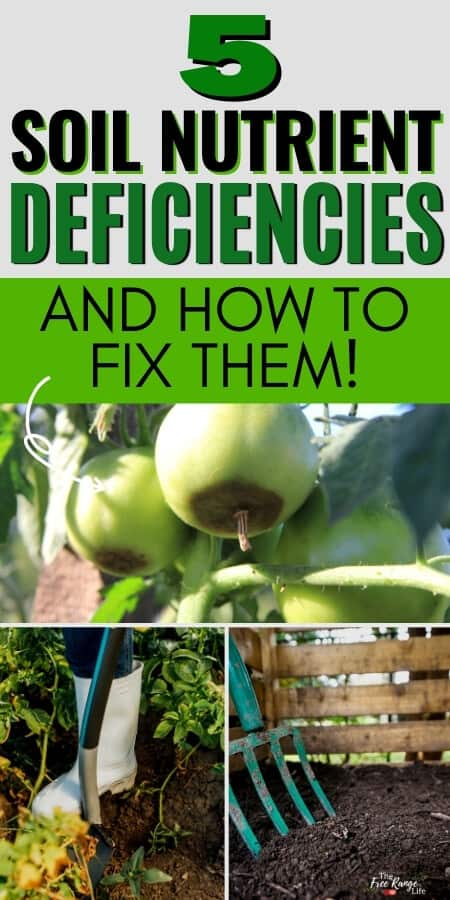
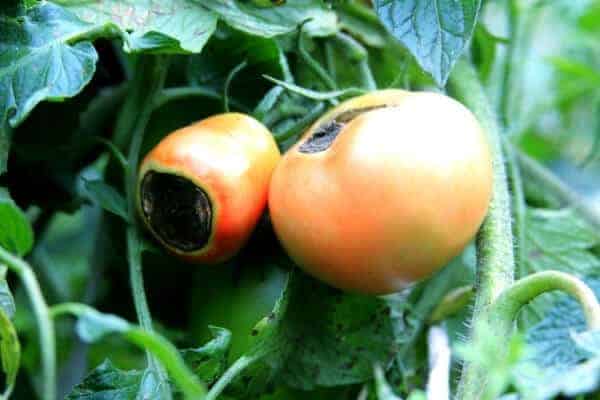
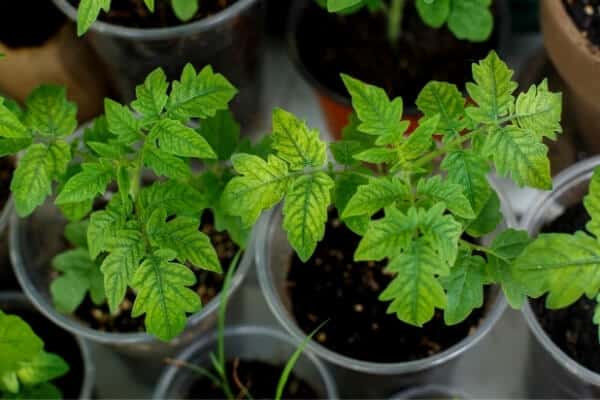
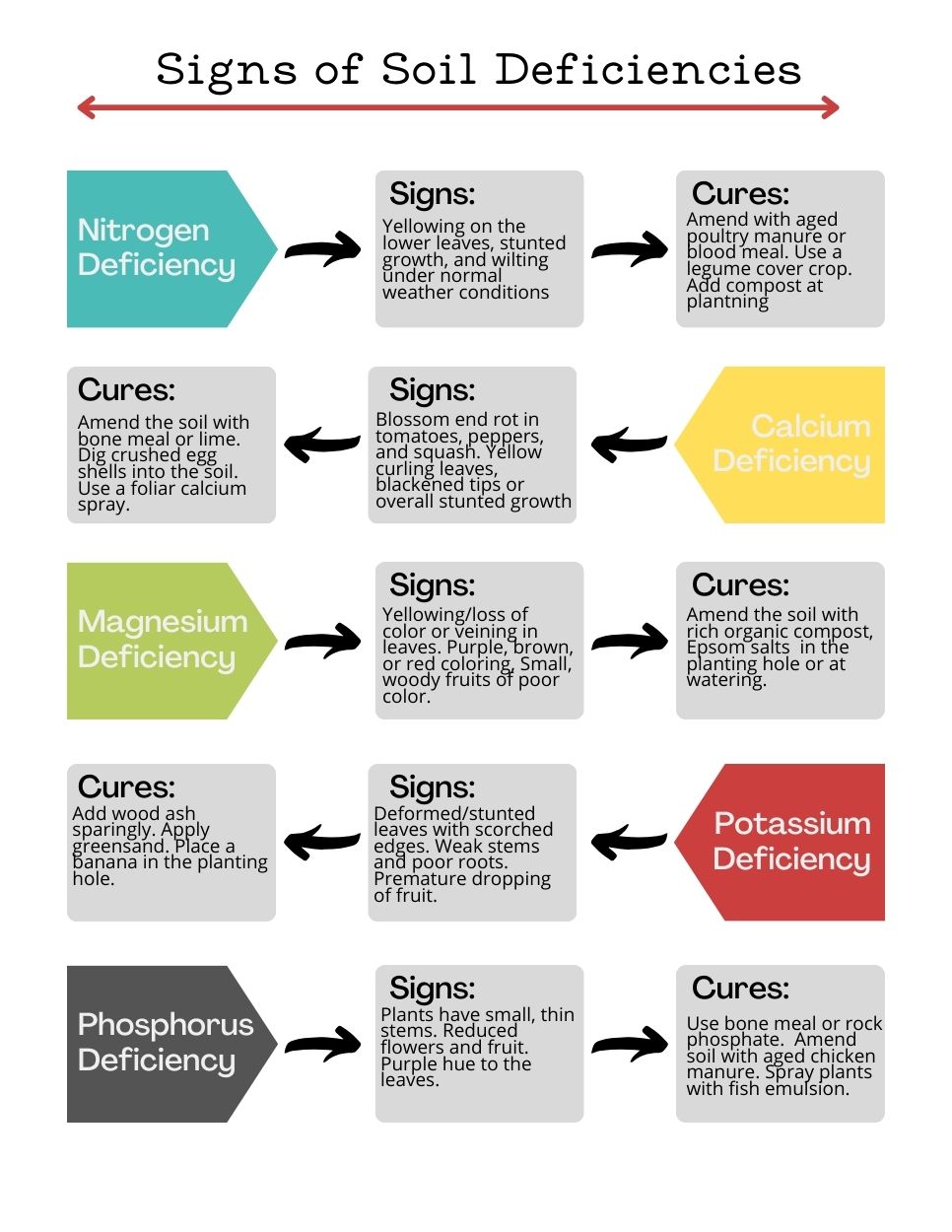

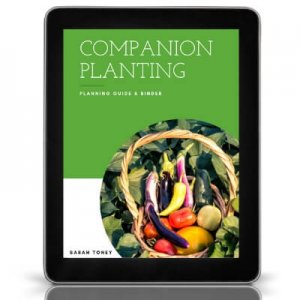
What a great post, thank you Sarah! We like to use manure in our garden, directly in the spring and also as compost tee in the summer. I also have had great experience with worm casting.
I have always wondered about some of these problems in my garden. Thanks for sharing.
Oh, this is great! I’m sharing with my mom, she has problems with her soil. Thank you!
This is great, thank you!!
Excellent infographic! Pinning and sharing!
Very useful information thankyou
Great post! Thank you for sharing these tips. I’ve been working on improving my soil for next springs crops. This info will help. Thanks! Pinning and sharing!
Great info! Thank you for sharing with the Clever Chicks Blog Hop!
Cheers,
Kathy Shea Mormino
The Chicken Chick
this is a very good article with lots of information..
Thanks for sharing on The Creative Home & Garden Hop…hope to see you again today!
Thanks for sharing the great tutorial at the HomeAcre hop!
Hope to see you again!
Sandra
Okay…I need ALL of your gardening tips! this year, I did my first garden. I was so proud that it actually did well! I had eggplant, zucchini, tons of peppers, tomatoes—and then I left my dog out too long one day and she ate the whole garden! Jalapenos and all! Except for the rhubarb! Oh well…there is always next year!
New follower from Green Living Thursday!
Heather May
What a great post! I’m pinning this for future reference!
This is great, Thanks a lot for sharing.
Thanks! I am looking forward to trying some of your suggested cures!
Thanks for your chart. Big help.
How do we get our veggies to fully develope? We use manure and still beets, radishes, kohlrabi types will not develope. Other veggies do! What is our soil problem? Does anyone know?
I use a product called Beju organic plant food. It does awsume on my tomatos, cucumbers, carrots, radish, and sweet corn. I even use it on my porch plants and that have never looked so good. It’s processed cow manure pellets and I can use it anytime of the season and place them in with the seed when I plant and it doesn’t burn or smell.
GOOD STUFF!!! I’d check it out.
Apparently, my soil is suffering from copper deficiency. I didn’t see this mentioned in your chart. Any idea how to naturally replace this and my pepper plant is only producing one pepper at a time and currently it’s narrow and long. leaves are curling up and have small holes in them. Not sure if it’s related buy my green beans were doing really well and all of a sudden now there are what look like rust spots all over the leaves and the pods are soft and mushy feeling near where you would normally “snap” them off of the stalk. Any help would be greatly appreciated.
Thank you for sharing. :)
Dear Manager,
I like your site on organic gardening and further like to those varieties of vegetables that heat resistant ( 32 to 35 C ) and high pH ( 7 to 8 ).
Awaiting for your kind reply, and Thanking you.
Ali Shafeeg.
Maldives
Thanks for the info.
Thank you very much for sharing. Growing organic vegetable need a lot of hard work but a good return.
Very Informative ! Thanks for sharing such wonderful tips.
Bone Meal is high in phosphorus. A better amendment for soil lacking nitrogen is blood meal. Also, a soil test from your local extension office with tell you exactly what your soil is deficient in so you don’t have to guess. Happy gardening!
Years later, you are still making a huge impact on my garden. Thank you so much for sharing your wisdom!
I love your content and found this piece very helpful!